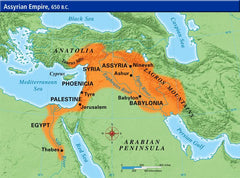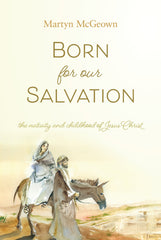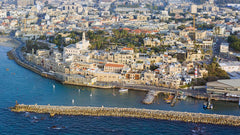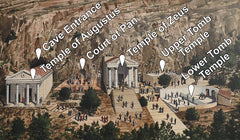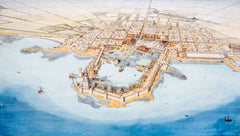Your cart is empty now.

The History of the Reformed Baptism Form (2)

This post was written by Mike Feenstra, a member of the Southwest Protestant Reformed Church in Wyoming, Michigan. Mike also teaches fifth grade at a Christian school in West Michigan. If you have a question or comment for Mike, we welcome them in the comment section on the blog.
___________
We continue our study of the history of the Reformed baptism form in connection with an RFPA book entitled The Reformed Baptism Form: A Commentary by Bastiaan Wielenga. Our blog post series began with a treatment of the form in connection with Christian education. We then turned to the history of Peter Dantheen and the history of the form. And last time we noticed that the Dutch Reformed in the 1560s and 1570s endured fiery years of persecution at the hands of their cruel Spanish overlords. Many were forced to live in exile outside of the borders of the Lowlands in cities such as Emden and Wesel. In the last blog post, we left off our study of the Reformed baptism form at Wesel in 1568 where several decisions were made concerning the formation of Reformed churches in the Lowlands in the interest of preaching the truth of God’s word.
God preserved his truth among these exiles so that eventually they could worship in peace within the borders of their homeland under a government that allowed freedom of religion. The leader of this nation was the famous William the Silent, the Prince of Orange. Through complicated family ties, this noble from far off Nassau became the prince of the Lowlands. The road to William's assumption of leadership is full of mixed ambitions of political power and true church reformation. Whether William gave in too much to the Roman Catholics during these times is a question that is outside of our study. Peter Dantheen certainly thought that William did. Therefore, Dantheen was often at odds with the Prince which resulted in Dantheen's exile from the Lowlands at times.
In the safety of lands under William’s rule, the Reformed began to have synods in the Lowlands. One such provincial synod met at Dordrecht in 1574. This synod has often been called a liturgical synod because, among other things, excellent work was completed on the Reformed liturgical forms. One such improvement was the shortening of our Reformed baptism form by Caspar Van Der Heyden, a friend of Dantheen. He especially summarized the first portions of the baptism form. If one would compare English translations of the 1566 and 1574 versions, one is quickly impressed that the shortened form is a faithful summary of Dantheen's 1566 form. In many ways, it is better than the longer form. For example, an important improvement was that the shorter form states that we have a “part” in God's covenant and we not a “party” in the covenant as the longer form states. What we are left with in the short form is a clear and concise treatise on the covenant of baptism which we know and love. The Lord used the synod of 1574 to sharpen our understanding of the covenant in a concise way although yet in the Dutch language. This short form was printed in 1580.
In 1578, Peter Dantheen had returned from exile to lead the first national Reformed synod in the Lowlands at Dordrecht. The Synod was important because it developed much of the groundwork for our present Church Order, but it also established Dantheen's baptism form as a required form within the churches. As Dantheen grew older, this Synod had to be a highlight. Through all of his years being hunted by the enemy, the Lord used the revolution against the Spanish to provide safe ground to have a national Synod. The stories of the victories against the Spanish warm the heart of anyone interested in the roots of Dutch Reformed history. The victory at the siege of Leiden is especially riveting history that Reformed children need to know about.
Other Reformed synods in the Lowlands followed with Dantheen's form being the official form. Wielenga bewails the fact that in the ensuing years up until the great Synod of Dordt, no Synod definitively set down the exact text of the baptism form because of various provinces doing what they wanted or because printers were printing forms as they saw fit.
One would hope that the great Synod of Dordt would settle the question, but it did not settle the text of the form definitively. The Synod labored for numerous sessions but not treat the baptism form until the second to last day. Exhausted by the work, the delegates appointed a committee to update our baptism form using a Dutch edition printed in 1611 by Schilders. It is an updated version of this edition that Wielenga contends is the official form that was approved by the great Synod of Dordt. Therefore, the great Synod placed its mark not only on doctrine and church government, but also on the baptism portion of our liturgy. In this four hundredth anniversary of Dordt, we give thanks to God for his work of preserving a faithful baptism liturgy in his church.
In future posts, we will explore the history of our form from Dordt up until the first English translation of the form.
The content of the article above is the sole responsibility of the article author. This article does not necessarily reflect the opinions and beliefs of the Reformed Free Publishing staff or Association, and the article author does not speak for the RFPA.

Donate
Your contributions make it possible for us to reach Christians in more markets and more lands around the world than ever before.
Select Frequency
Enter Amount

